Traditionally served with breakfast alongside fried or scrambled eggs, Gallo Pinto is a hearty and delicious traditional Costa Rican dish. It’s a cinch to prepare, too!
I’ve always been interested in exploring international cuisine.
In addition to my trusty Time-Life Foods of the World cookbook series (which, I know I’ve gushed about before; it’s a vintage collection at this point, but if you have an opportunity to get your hands on a set, I highly recommend!), I’m also lucky to have friends from a variety of cultural heritages.
Most recently, a few of my friends whose families hail from Costa Rica offered to teach me how to prepare some of their favorite traditional dishes, which, in turn, I’m able to share with you (score!).
A few weeks ago, I learned to make Gallo Pinto, Costa Rican Rice and Beans. One bite, and it’s safe to say that I have a new favorite rice dish in my recipe collection. I couldn’t put my fork down!
Gallo Pinto means, quite literally, “Spotted Rooster” in Spanish, characterizing the speckled appearance of the dark beans against the white rice.
It’s typically served as a part of a hearty breakfast, alongside fried or scrambled eggs, with accompaniments such as sour cream (“natilla” in Costa Rica, which is thinner than the American variety), a crispy slice of fried white cheese (“queso frito”), plantains, sliced avocado, a corn tortilla, and a strong cup of coffee.
I loved the contrast of the egg’s crispy edges and velvety yolk against the creamy, lightly-spiced rice and beans.
Plus, it’s easy to make, especially if you prep the rice and beans ahead of time. (In fact, day-old rice is preferred, as the refrigerated grains are easier to separate and combine with the beans and sauce.) What a way to start the day!
While Costa Rican cuisine is full of robust, fresh flavors, the heat level (at least, in the dishes I’ve tasted) tends to be mild. If there’s one thing we’ve established on this blog it’s that I’m a total lightweight when it comes to “hot” spices, so I’m pretty much in love!
The primary seasoning in traditional Gallo Pinto is Salsa Lizano, a vegetable-based condiment used widely throughout Costa Rica. The sauce is thin-textured and easily pourable, with a golden, tan color. Tasted on its own, it’s fairly salty, with a warm, round flavor of cumin and a bit of pepper.
Many recipes suggest using Worcestershire Sauce as an alternative if Salsa Lizano is unavailable. I can see the general parallel, but Worcestershire most definitely lacks the smokiness of Lizano. For an authentic flavor, I don’t recommend making the substitution.
I haven’t visited Costa Rica myself (yet!), but from what I’ve heard and read, it is an absolutely gorgeous country. The landscape is diverse (think: incredible beaches, majestic mountains, cloud forests, volcanoes), the culture rich, and, judging by my friends, the people some of the warmest in the world.
The Costa Rican people live by the mantra of “Pura Vida,” meaning “Pure Life.” It means living peacefully, positively, and in the moment, with happiness and gratitude for the good things in your life. Pura Vida reflects a profound appreciation for the simple beauty of life itself and the people in it. What a wonderful way to live.
I wish you all “Pura Vida,” including a delicious bowl of Gallo Pinto!

Gallo Pinto (Costa Rican Beans and Rice)
Ingredients
- 2 tablespoons light-tasting oil (vegetable, mild olive, canola)
- 1 red bell pepper , chopped
- 1 small yellow onion , chopped
- 2 cloves garlic , minced
- 2 cups cooked black beans , in 3/4 cup reserved cooking liquid*
- 1/4 cup Salsa Lizano **
- 3 cups cooked rice , preferably, day-old and refrigerated
- 1/4 cup chopped fresh cilantro
Instructions
- Heat oil in a large skillet over medium-high heat until shimmering. Sauté chopped bell pepper and onions until peppers are soft and onions are translucent, about 6-8 minutes. Add minced garlic and cook for 1 minute, until fragrant.
- Add black beans, reserved cooking liquid, and Salsa Lizano, stirring to combine. Simmer for 5 minutes, until slightly thickened and little bit of the liquid is evaporated. Gently stir in cooked rice and cook until heated through and most of the liquid is absorbed, about 3-5 minutes.
- Stir in chopped cilantro. Season to taste with additional Salsa Lizano, if desired, and serve.
Notes
Nutrition Estimate
Nutrition information is automatically calculated, so should only be used as an approximation.
About our recipes
Please note that our recipes have been developed using the US Customary measurement system and have not been tested for high altitude/elevation cooking and baking.


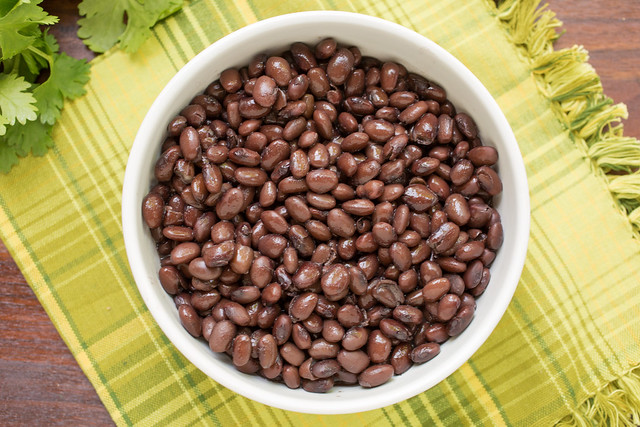
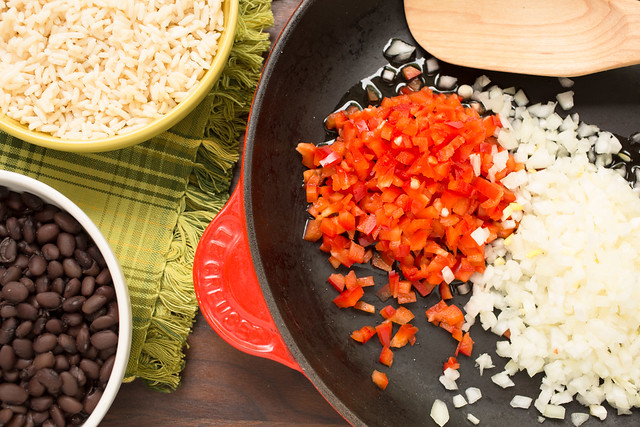

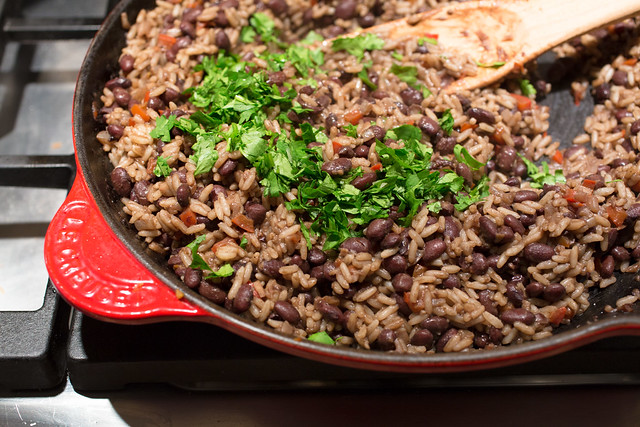
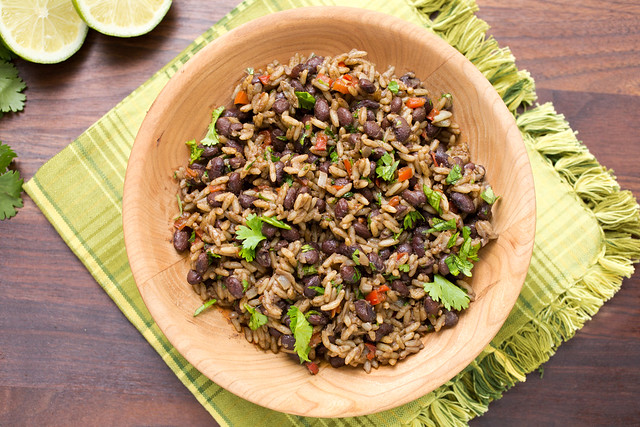
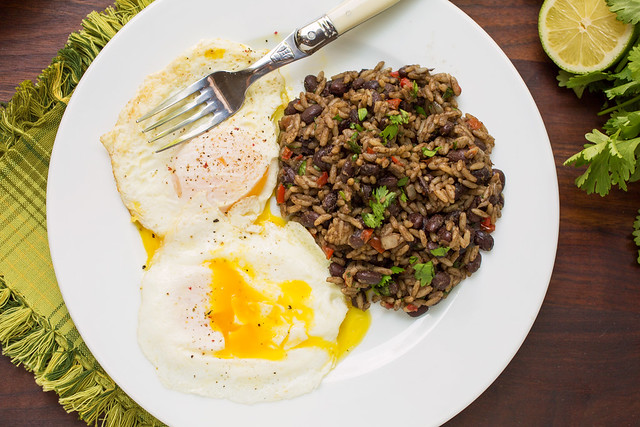

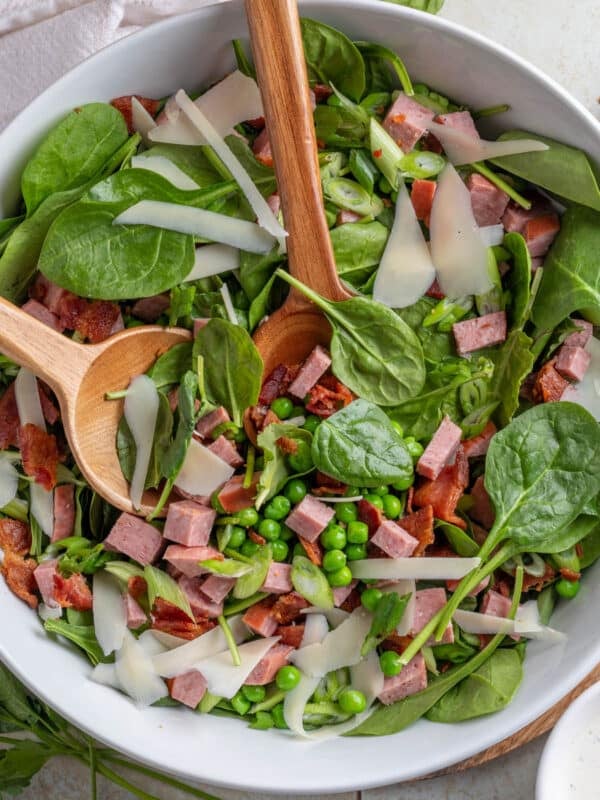












This is it, folks. With good black beans, this recipe finally captured what I feel/felt about Gallo Pinto. Don’t let it stay too wet, DO add optional flavourings as required (I like cumin and bird’s eye chilis).
Doesn’t taste bad, but doesn’t taste like Costa Rican gallo pinto. The rice proportion was off (needed more beans) and the flavor was not close to what I tasted while visiting Costa Rica (or from Costa Rican friends whose recipes I’ve tasted while in the US). This is a good standalone recipe in its own right, but I don’t think it replicates authentic gallo pinto.
Kim, as mentioned in the article, this recipe comes from a Costa Rican native who generously shared her family’s tradition with me. While it may not match the version of Gallo Pinto you’re familiar with, it’s by no means inauthentic. In fact, many readers have shared on this post that it reminds them of their own travels to Costa Rica. Like any beloved dish, Gallo Pinto has variations that differ by family and region. My friend’s family is from the Central Valley region. Perhaps you are more familiar with the Guanacastean version. Both are authentic representations of Costa Rican cuisine. We wish you the best in finding a recipe that better suits your needs.
Great, simple recipe. The Salsa Lizano makes the dish. Make sure you have it!